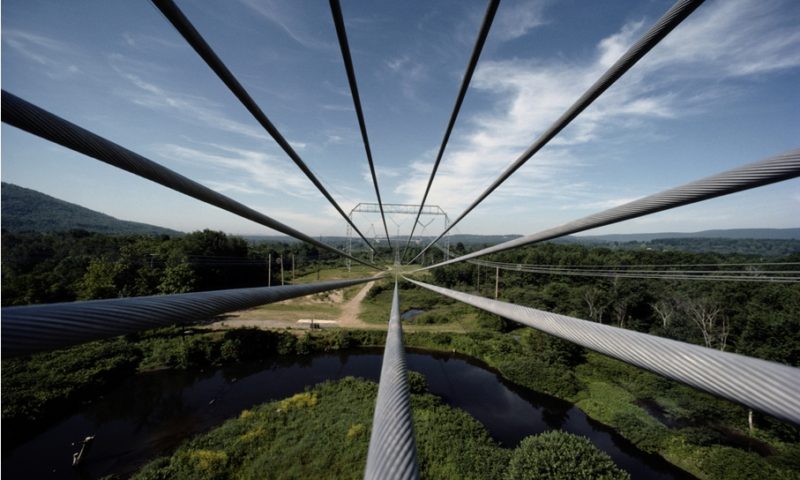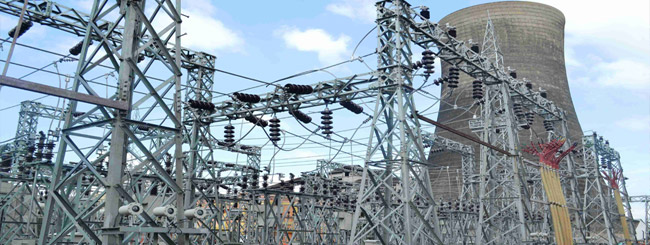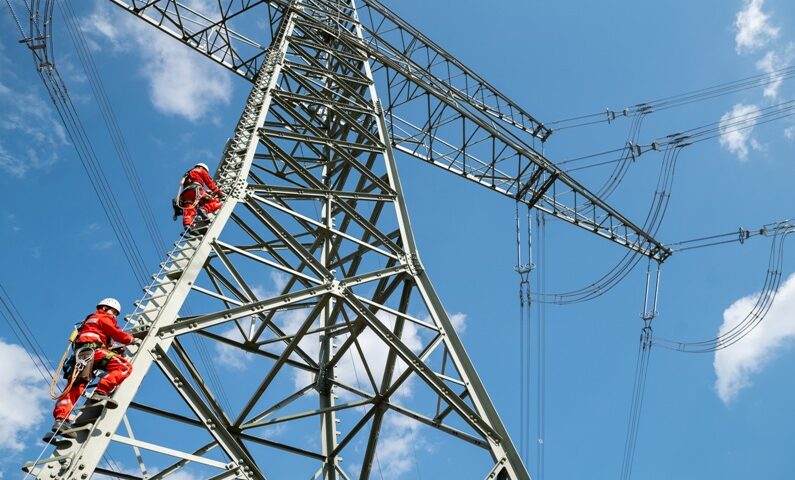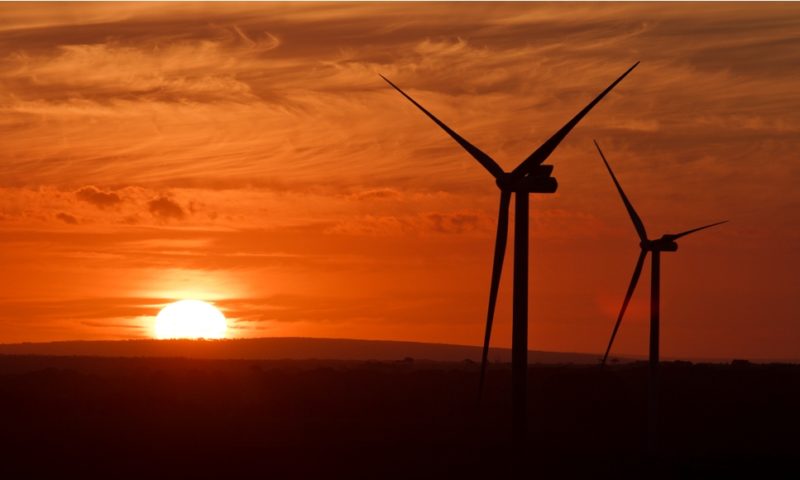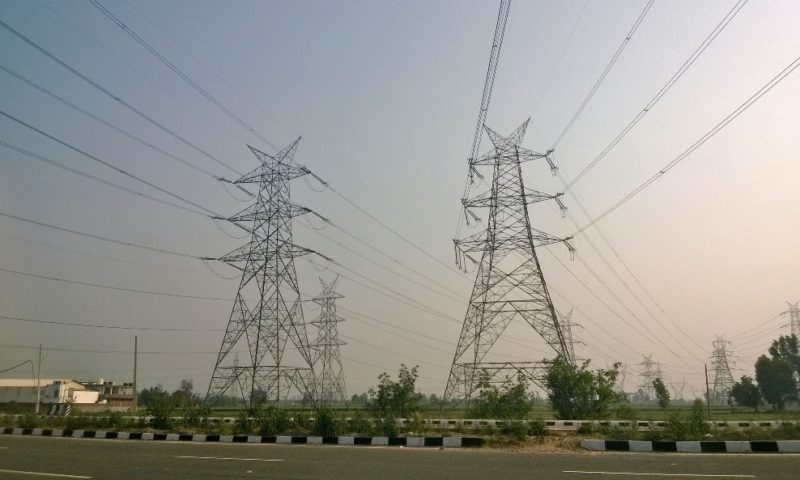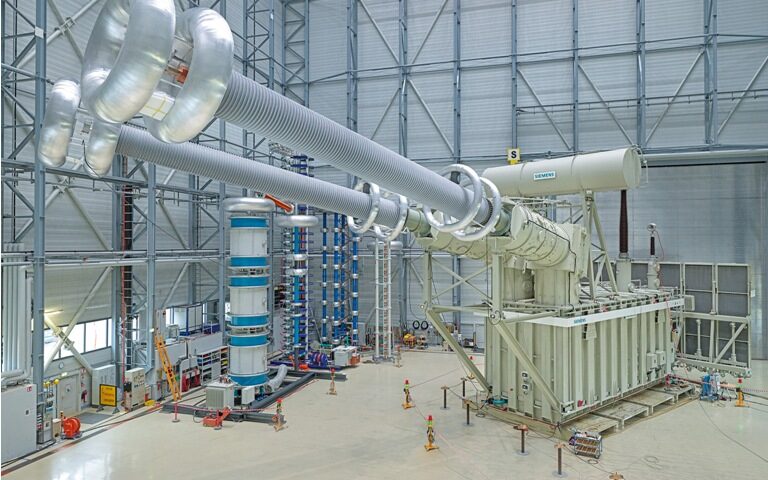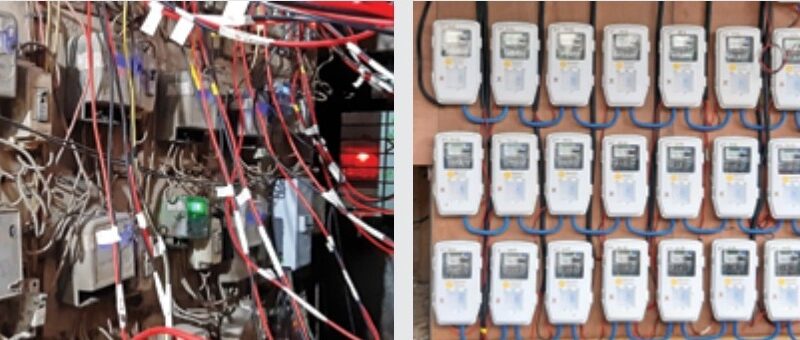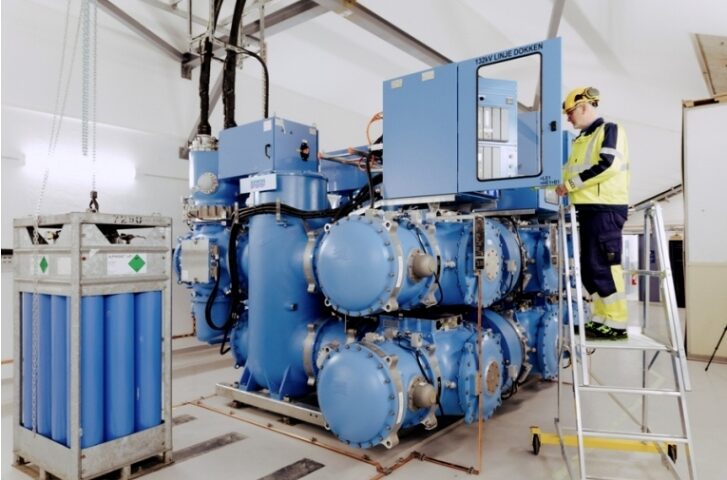The recently-released draft National Electricity Plan (Vol.2 — Transmission) indicates massive investment of Rs.4.76 trillion in the power transmission sector during the five-year period FY23 to FY27 [April 1, 2023 to March 31, 2027].
In physical terms, the planned addition is 1,23,577 ckm of transmission lines and 7,22,940 MVA of transformation capacity. Interestingly, of the total transformation (substation) capacity envisaged, as much as 4,38,675 MVA (or over 60 per cent) would come on the ISTS side. This effectively means near-doubling of the total ISTS substation capacity that existed as of March 31, 2022.
Based on the actual performance in FY23 and FY24 (up to October 2023), it very much appears transmission infrastructure capacity addition is gaining the desired momentum.
For instance, in FY24 (up to around mid-February 2024) over 20 ISTS schemes have already been awarded under the tariff-based competitive bidding (TBCB) route —by far the highest in any fiscal year so far. Added to this are several schemes allotted under the RTM route.
It is abundantly clear that over the next 2-3 years, hectic activity will be seen in the power transmission space, and that too, involving high-end technology like 765kV AC and HVDC.
Developers will need to strengthen their supply chain management if they have to complete their projects on time. Typically, ISTS-TBCB projects have a stringent gestation period of 18-24 months.
When it comes to HVDC-based transmission systems – there are quite a few that would be coming up for award in TBCB mode – concerns of equipment availability are already surfacing. Though CERC has provided an extension in timelines, developers will need to contend with paucity in supply as there aren’t too many HVDC equipment suppliers even at the global level.
Domestic transformer manufacturers will need to expand their manufacturing, and more importantly, testing capabilities, as the demand for 400kV and 765kV transformers is poised to rise. Reportedly, smaller transformer manufacturers, which were complaining of over-capacity, are now booking orders, as a consequence of bigger players witnessing an overflowing order book.
On a technical note, India’s efforts to complement renewable energy generation with battery energy storage systems (BESS) have not really fructified as expected. This has warranted the need for higher transmission infrastructure, and that too with grid-balancing technology like STATCOM, VSC, etc. This will exert more pressure on equipment suppliers.
ISTS transmission service providers – both Power Grid Corporation of India and the private sector – would need to ensure availability of equipment and services, given the massive quantum of work on hand. Equipment manufacturers would have a expand capacity, whilst ensuring not even the slightest compromise on quality.
It is hoped that by end-FY27, India’s cumulative goal of 5.80 lakh ckm of transmission lines and 18.27 lakh MVA of substation capacity is realized, with little or no shortfall.
The author of this article, Venugopal Pillai, is Editor, T&D India, and may be reached at venugopal.pillai@tndindia.com. Views are persona.

